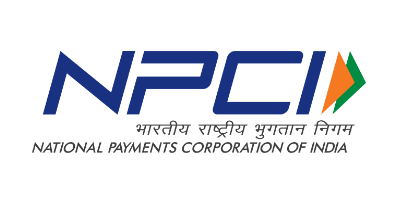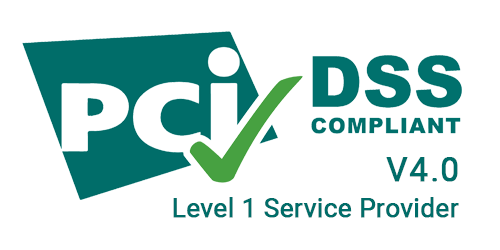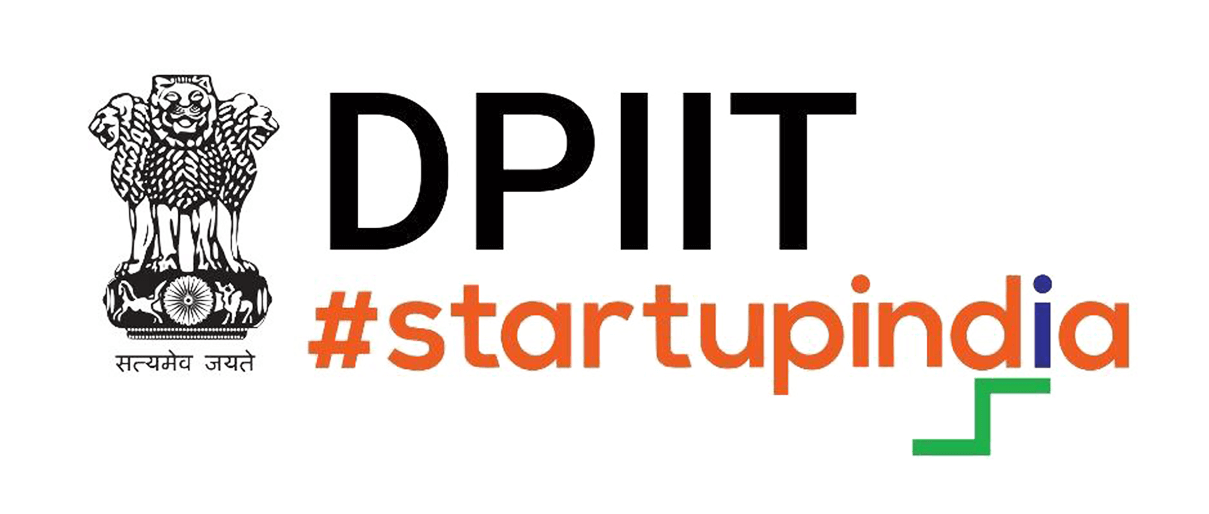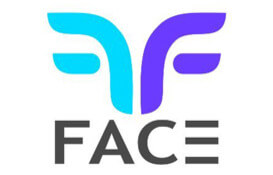How QR Codes Work
These 2-dimensional grids of pixels are comprehended by computers in two steps: top to bottom and then right to left. Understanding the components of a QR code sheds light on its functionality.
- Position Markers: Three concentric squares aid in locating, recognizing, and scanning the code.
- Alignment Markers: Smaller concentric squares straighten the code during scanning on curved surfaces.
- Pattern Markers: Alternating black and white pixels enable the scanner to measure the size of the data matrix.
- Code Version and Format Patterns: Unique patterns differentiate versions, while format information contains error tolerance limits.
- Error Correction Duplicates and Data: This area holds the accessible data and duplicates for damaged parts, with a typical damage tolerance of 30%.
- White Space: Surrounding the code, it isolates it for proper scanning.
QR Codes as a Payment Method
QR codes offer a contactless, digital payment solution, streamlining secure and swift transfers directly into businesses’ bank accounts. Serving as a contactless alternative to physical cash transactions, Bharat QR codes support UPI, debit, credit, and prepaid cards, while UPI QR codes solely facilitate UPI-based payments.
Types of QR Codes
- Static QR Codes: Permanent and unalterable, ideal for employee IDs, product documentation, etc.
- Dynamic QR Codes: Editable, useful for correcting errors or updating information, commonly employed in marketing campaigns.
With static QR codes, one code suffices for all transactions, while dynamic QR codes are tailored for specific amounts and expire post-transaction.
How to Get Bharat QR Code
Bharat QR, developed by NPCI in collaboration with VISA, Mastercard, Amex, and Rupay, facilitates digital payments across BharatQR-enabled apps. Its top benefits include security, interoperability, and no additional charges. Obtaining a Bharat QR code involves downloading a compatible app, scanning the QR code, and completing payment via debit card or UPI.
Conclusion
QR codes, simplifying processes for large enterprises and small businesses alike, have revolutionized contactless payments. Experience the future of QR codes for your business with Viyonapay MultiQR Codes. These empower you to create multiple QR codes, offer diverse payment modes, integrate with POS systems, and customize your own multi-branded QR code with company details.
Give your business the edge with the efficiency and versatility of Viyonapay MultiQR Codes!









